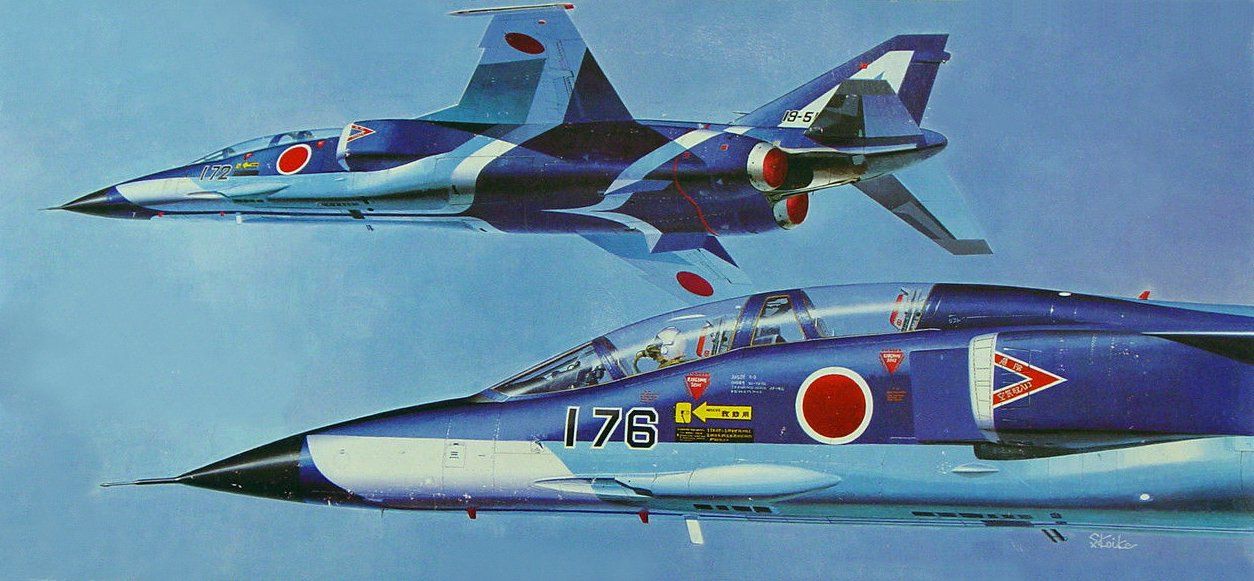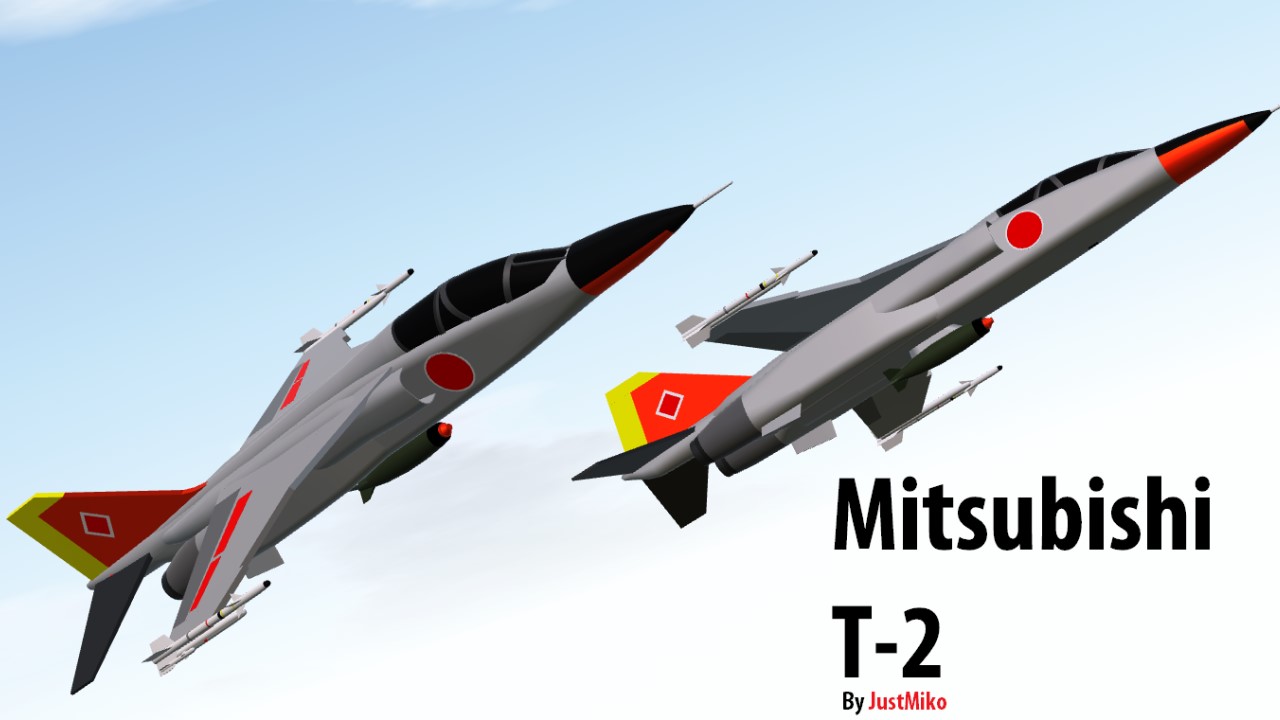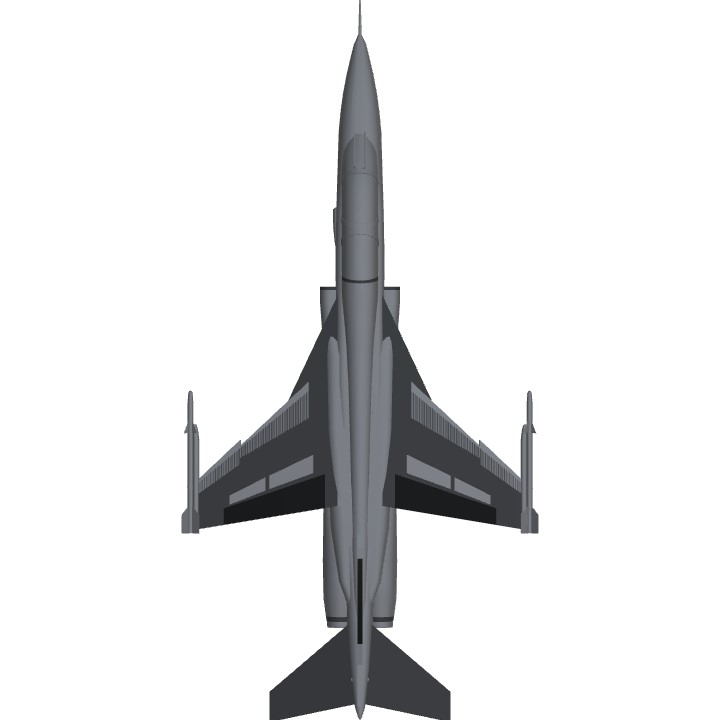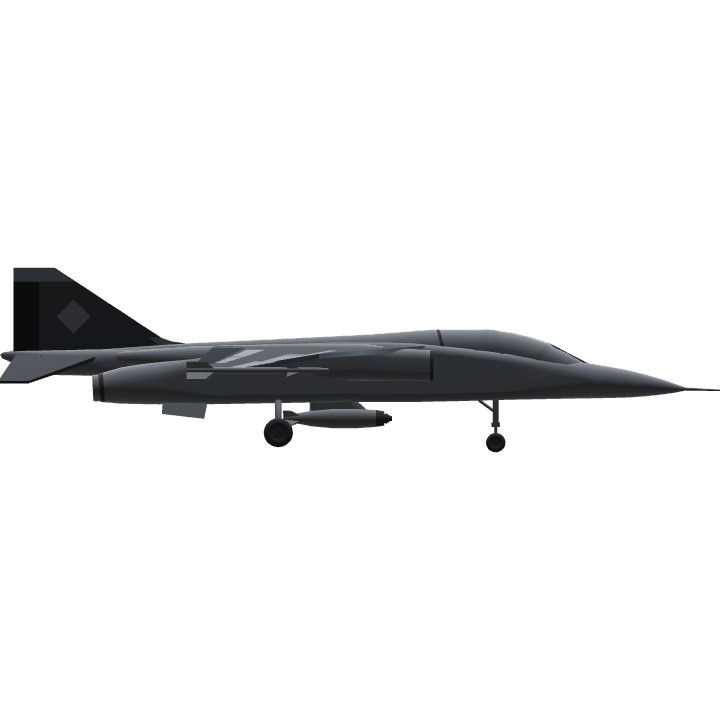One of my favorite Aircraft! the T-2!
About

Taken from Wikipedia
The Mitsubishi T-2 was a supersonic jet trainer aircraft used by the Japan Air Self-Defense Force. Introduced in 1975, it was the first Japanese-designed aircraft to break the sound barrier. It was the basis of the Mitsubishi F-1 military aircraft. All T-2s were retired by 2006.
Post-World War II rendered Japan without a modern jet fighter for defensive purposes. Two decades after World War II had concluded, Japanese Air Self-Defense Force (JASDF) began to consider the development of a supersonic jet tentatively named "T-X."
Japan had found that the subsonic Fuji T-1 jet trainer did not adequately prepare trainee pilots for more complex and difficult handling front line Mach 2 fighters such as the Lockheed F-104J Starfighter and McDonnell Douglas F-4EJ Phantom and so, in 1964–65, began studies for a new trainer, the T-X, which it was hoped would also form the basis for a future single-seat attack aircraft, the SF-X.
Consideration was also given to acquiring existing foreign aircraft instead of developing a new aircraft, with the United States offering the Northrop T-38 Talon, and the Anglo/French consortium SEPECAT offering the SEPECAT Jaguar as a trainer and single-seat fighter. Japan considered both aircraft carefully, and attempted to negotiate licensed production of the Jaguar, but these plans failed, possibly due to nationalism and an issue with the Imperial family, or more prosaically, due to the high royalty payments demanded by SEPECAT. In the end, Japan decided to manufacture its own design, which, produced to meet similar requirements, would closely resemble the Jaguar.
In 1967, Japanese aviation firms Fuji, Kawasaki, and Mitsubishi, each submitted proposals, and in September 1967, under lead designer Dr. Kenji Ikeda, Mitsubishi's design was selected. The official contract was issued for the development of the XT-2 was placed on 30 March 1968, with Mitsubishi as prime contractor and Fuji as Prime sub-contractor. Several other subcontracts with aerospace firms and other minor aviation manufacturers were also established.
By March 1969, the design had been finalized, and the XT-2 prototype was rolled out on 28 April 1971, and performed its maiden flight on 20 July 1971. The XT-2 was followed by three more prototypes, and became the first aircraft of Japanese design to break the sound barrier in level flight. Two of the four prototypes were armed, and the other two were not.
A total of 90 production T-2s were built, including 28 unarmed "T-2(Z)s", or "Zenkigata (early type)" and 62 armed "T-2(K)s", or "Kokigata (late type)"; some sources translate these variants as "T-2A" and "T-2B" respectively. An additional two T-2(Z)s were built but modified for the S-FX / F-1 strike fighter program. The last T-2 rolled off the assembly line in 1988.
Blue Impulse Aerobatic team

Controls
Normal Flight Controls
VTOL - Flaps
Activate2 - Activate AIM-9E
Blueprint Used

Special Thanks
To EngineerOtaku for helping me
He built a F-1 (a single seat version of the T-2) so he knows whats what
That's it for now folks!

Sayonara.
Specifications
Spotlights
General Characteristics
- Successors 1 airplane(s)
- Created On Windows
- Wingspan 24.0ft (7.3m)
- Length 48.5ft (14.8m)
- Height 12.4ft (3.8m)
- Empty Weight N/A
- Loaded Weight 15,425lbs (6,996kg)
Performance
- Power/Weight Ratio 16.171
- Wing Loading 40.2lbs/ft2 (196.2kg/m2)
- Wing Area 383.8ft2 (35.7m2)
- Drag Points 3050
Parts
- Number of Parts 217
- Control Surfaces 7
- Performance Cost 1,009





Requested Tags:
@BeastHunter
@Shimamurahougetsu
the best t2 i ever flew
@parkrangerjerry It's Japanese and based on the SEPECAT Jaguar, it has nothing to do with the F-4
made in china f4 phantom lol